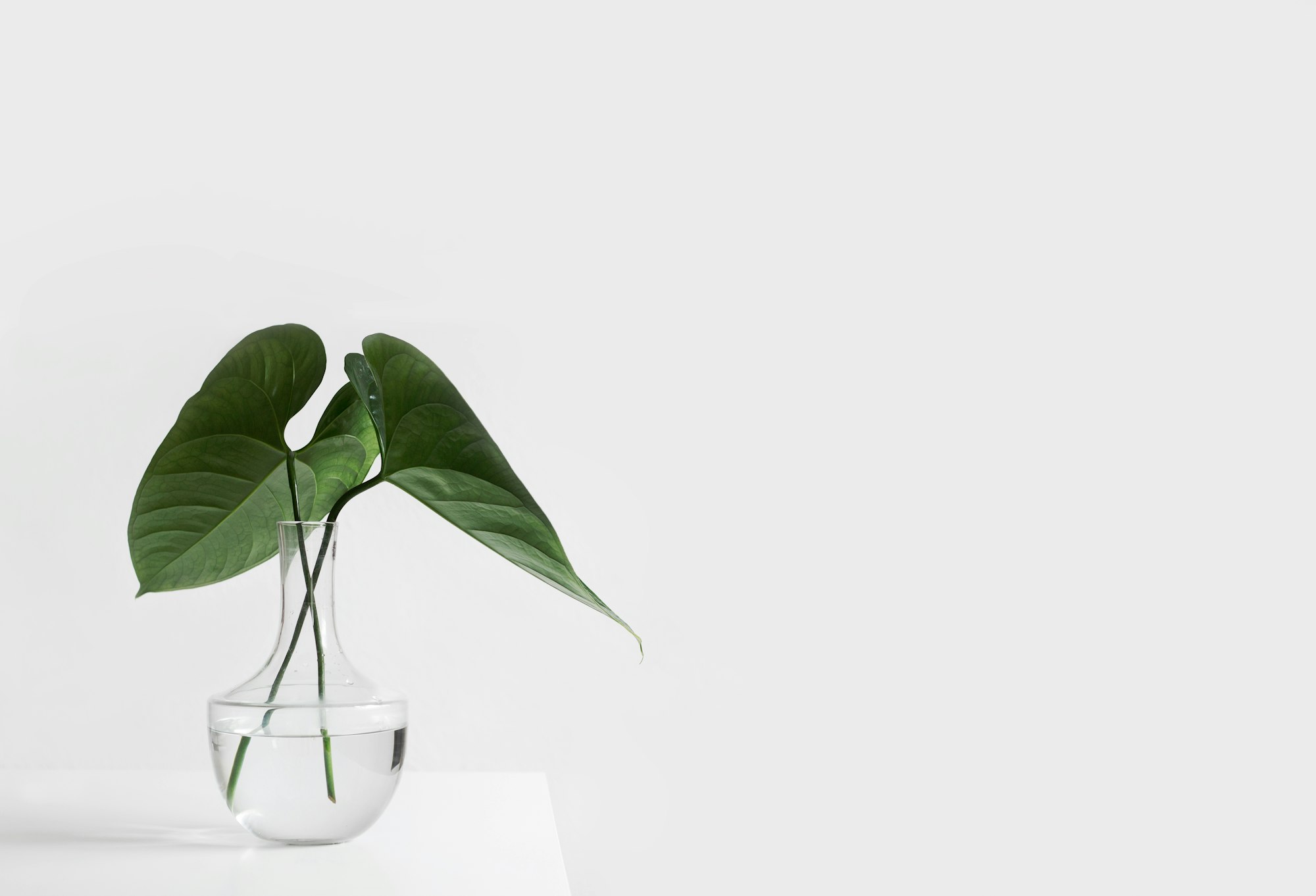Message from the Front Office
It is officially Fall. The season is changing. This is a great time of year to get a quote if you are exploring the idea of having one of our materials blown in place. We are running a full summer crew (9 blower trucks) into the fall and have short lead times. In some circumstances, we can get jobs booked and scheduled for the next day or even a few days out. Our prices are partially demand driven, so they get better and better every day into fall.
Let review and discuss why we put bark, mulch, compost wood chips or whatever product flavor you prefer in the landscape planter beds of your parcel, in the first place?
Number one: most people in a survey would say:
1. It looks very nice, much better than just dirt.
2. It helps stop weeds or inhibits invasive species growth.
These both being very important, one often overlooked aspect of bark is,
How and why does it protect the surface of the soil?
The most important observation, it’s what the earth does already in its natural habitat. Our goal is to replicate that process because it works.



Bark over soil replicating the natural process of decomposition and soil protection.
“April showers bring may flowers”
The organic layer on the surface protects the soil by absorbing the rain fall and slowly dispersing it into the roots. One of the main benefits is to prevent the erosion of the best part of the soil that feeds your plants. Thus, preventing the rain from washing dirt away and exposing the roots.
“Summer sunshine”
The organic layer on the surface of the soil protects the soil by covering it from the sun’s rays. Just like sunscreen. The organic layer is like a blanket that traps the moisture in and keeps the heat out. Just like we set the temperature in our house, the roots of the plants have a range of warmth and cool that keeps them healthy.
“Orange leaves and snowflakes”
Fall and winter, this season brings in cooler temperatures and snow that the organic layer of material protects just the same as summer and spring. Keeping the surface of the soil protected from frost and low and freezing temperatures and erosion. In return protecting dormant roots of our plants and trees from damage.
Final thoughts,
How thick does the bark need to be?
Without referencing a science journal or taxpayer subsidized focus group, our experience tells us that a 2-3 inch, maintained layer of bark or other organic material is suitable for obtaining the goals outlined above. This level of attention to your yard will provide valuable protection to the surface of the soil and the plant’s roots.

